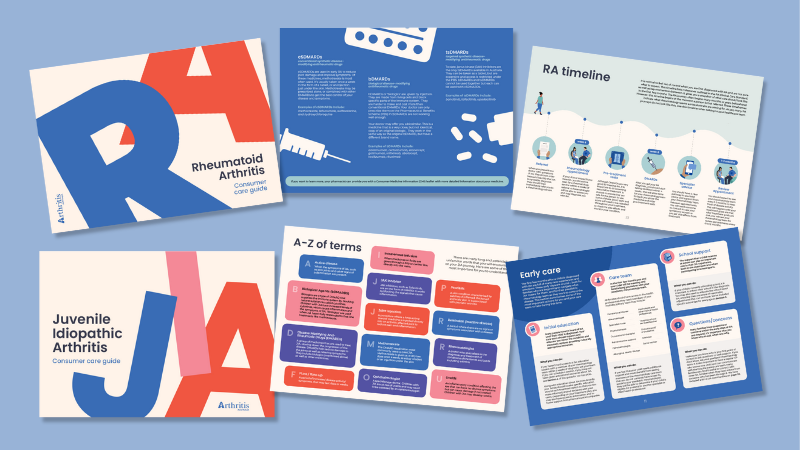Ankylosing Spondylitis Remission
If your physician tells you that your Ankylosing Spondylitis is in remission… first of all, congratulations! That’s the goal of your Ankylosing Spondylitis treatment plan.
What does remission mean for Ankylosing Spondylitis patients?
Remission of Ankylosing Spondylitis is defined by a low level of disease activity, with little inflammation and/or impact on your daily physical activities caused by joint stiffness and pain. Your rheumatologist can determine your level of disease activity with several pieces of information including:
- Answers to a questionnaire about your levels of pain, activity, and mobility
- Examining 28 of your joints to see how tender, sore, or stiff they are
- Lab tests, like blood tests, that measure levels of inflammation in your body — things like C-reactive protein (CRP)
- Magnetic resonance imaging (MRI)
There is no one “correct” tool to say you’re in remission or you’re not there yet. Your doctor’s or nurse’s judgment always comes first. Just because you have a certain test result doesn’t mean that your Ankylosing Spondylitis isn’t still active. And just because you feel great and can do tasks you couldn’t do before you started your treatments — like wash the car or weed the garden — doesn’t mean that your inflammation isn’t still a problem.
The idea of remission in Ankylosing Spondylitis has not been widely studied. Experts are not sure how long you need to have low disease activity before you should be considered “in remission.” There are also questions that remain unanswered, for example, if your sacroiliac joints are fused together but you have no symptoms, are you in remission? Or if you have minimal or low disease activity but damage to your spine is progressing, how should you be classified? More research is needed to answer these questions.
There is some research that shows that TNFi medications can halt your immune system from creating inflammation so that your pain and stiffness improves, leading potentially to remission. The use of TNFi’s has, for the first time in the medical history of Ankylosing Spondylitis, led to rates of partial remission above 30 percent in clinical studies. While remission in Ankylosing Spondylitis is possible, it is not common. However, as more effective Ankylosing Spondylitis treatments become available, more and more experts are looking at remission as a reasonable and appropriate goal of treatment.
What happens when you hit that goal and reach remission?
Your doctor may taper your medication dosage down to a smaller level, but not take you off Ankylosing Spondylitis treatment altogether. How soon and how quickly you begin tapering is different for each individual. It may take months or even years before tapering is right for you.
So your doctor may cut down on how much of one of the Ankylosing Spondylitis drugs you take, or cut back on how many times you take it per week or month. If you take more than one drug, your doctor can then taper the others one at a time. Tapering can have a lot of benefits for you. You may not have to take as many pills or shots as you once did. You may not have to fill as many prescriptions or deal with as many drug co-pays. You may not have as many side effects from your treatments, because your dosages are lower. But you won’t stop taking Ankylosing Spondylitis drugs altogether in most cases. Because if you do, your inflammation could come back. As you taper your treatments, your doctor will watch your disease activity to make sure the new approach is working for you.
The evidence for tapering is not as strong with Ankylosing Spondylitis as it is with other types of arthritis. A Spanish study showed that tapering the TNFi etanercept did not increase disease activity among Ankylosing Spondylitis patients in remission. Another study found that tapering to a low dose (25 milligrams weekly) of etanercept was enough to keep most patients in remission, while completely stopping treatment led to flares.
Any decision about your treatment plan once you’re in remission should be made with your values and preferences in mind. You and your doctor should have a conversation to go over all of your options so you can try to stay in remission and cut down on your risk of a flare or your disease activity going up.





